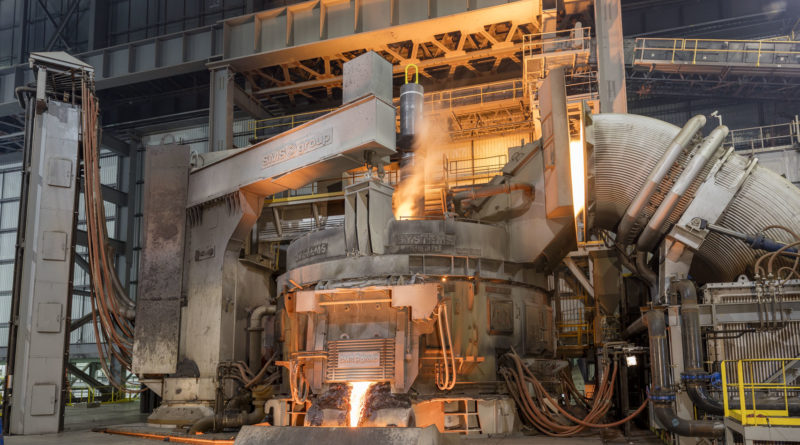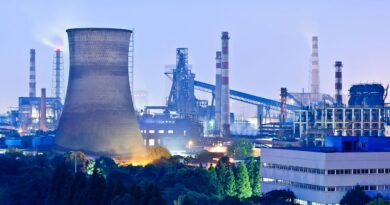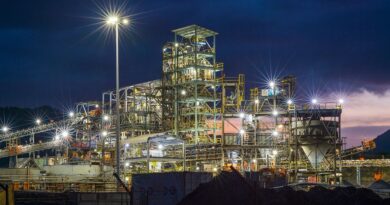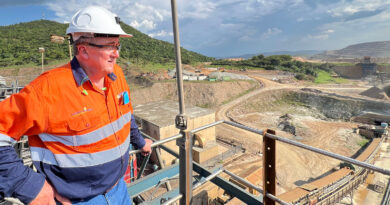Steelmaking: three main strategies for reducing emissions
Steelmaking is a very energy intensive process and the current technology is mostly based on coal. Today, it accounts for 2.7 billion tons of CO2 every year, which represents 7% of yearly emissions globally. The shares are roughly doubled to 15%, 14% and 12% for China, South Korea and Japan respectively.
With the consensus view of a rising global population and increased prosperity, steel demand is expected to grow by 35% by 2050, according to Bloomberg New Energy Finance. While the sector is improving in terms of energy efficiency, emissions are likely to increase if steel continues to be produced predominantly with coal.
That’s not exactly in line with the goal of creating a net zero economy. So, we’re going to look at the business case of possible technology fixes to reduce carbon emissions in the steel sector. We’ll assess where we are right now and the various pressures that companies are currently under to meet net zero targets. We’ll also examine which alternative fuels could prove frontrunners in technology as science improves and adapts.
There are three main strategies for reducing emissions:
1. Tempering the demand for steel
A difficult task, given the consensus view of rising demand towards 2050 and alternatives for steel like aluminium and concrete which are also very carbon intensive. Substituting steel for another product that emits a lot of carbon isn’t exactly a big step forward in helping the climate.
2. Improving the energy efficiency of existing steel plants
This is especially helpful for old coal-based steel plants where emissions can be reduced by up to 30% using higher grade ores, or more efficient technologies to inject coal into the furnace. Material efficiency can also be improved by using more recycled steel – but with 85% of used steel being recycled globally, recycling rates are already high. Most steel products also remain in use for decades before they can be recycled. As a result, there’s not enough recycled steel to meet growing demand and the world continues to need large volumes of ‘primary steel’.
3. Applying technology fixes to the process of steelmaking
For example, by electrifying parts of the process with electric arc furnaces that run on clean electricity, or by capturing and storing the carbon emissions from conventional coal-based steel production. This technology is called carbon capture and storage (CCS) and leaves the current coal-based process intact, while it can reduce emissions by 75-90%. The replacement of coal with a synthetic fuel like hydrogen is another technology fix, which can greatly reduce carbon emissions. If the hydrogen is produced in a clean way (that is with blue hydrogen or green hydrogen from low carbon power sources such as solar panels, wind turbines, hydro power or nuclear power). While technology fixes are an important enabler of the transition to a net zero economy they run the risk of rebound effects and the Jevons paradox: demand for steel might go up once its climate impact is reduced.
Could CCS and hydrogen provide a magic fix?
Steel is made from iron, one of the most familiar metals. It has been in use since ancient times and historians have even named a 650-year period to the use of iron (the Iron Age, dating back to 1.200-550 BC). The industrial revolution made it possible to turn iron into high quality steel and that triggered the many steel applications of our modern societies.
Steelmaking consists of two steps, beginning with the reduction of iron oxide (mined from the earth) into pure iron, which then is turned into steel. There are hundreds of different forms of steel, but all are made from iron.
The process of turning iron ore into iron and subsequently steel requires very high temperatures and an energy source is therefore needed to generate the heat. In the conventional process, coal is both used as a feedstock to reduce iron ore to iron and as an energy source to generate heat.
The first step of turning iron ore into iron is by far the most energy and carbon-intensive stage and accounts for roughly 80% of the carbon emissions in the case of coal-based steelmaking.




